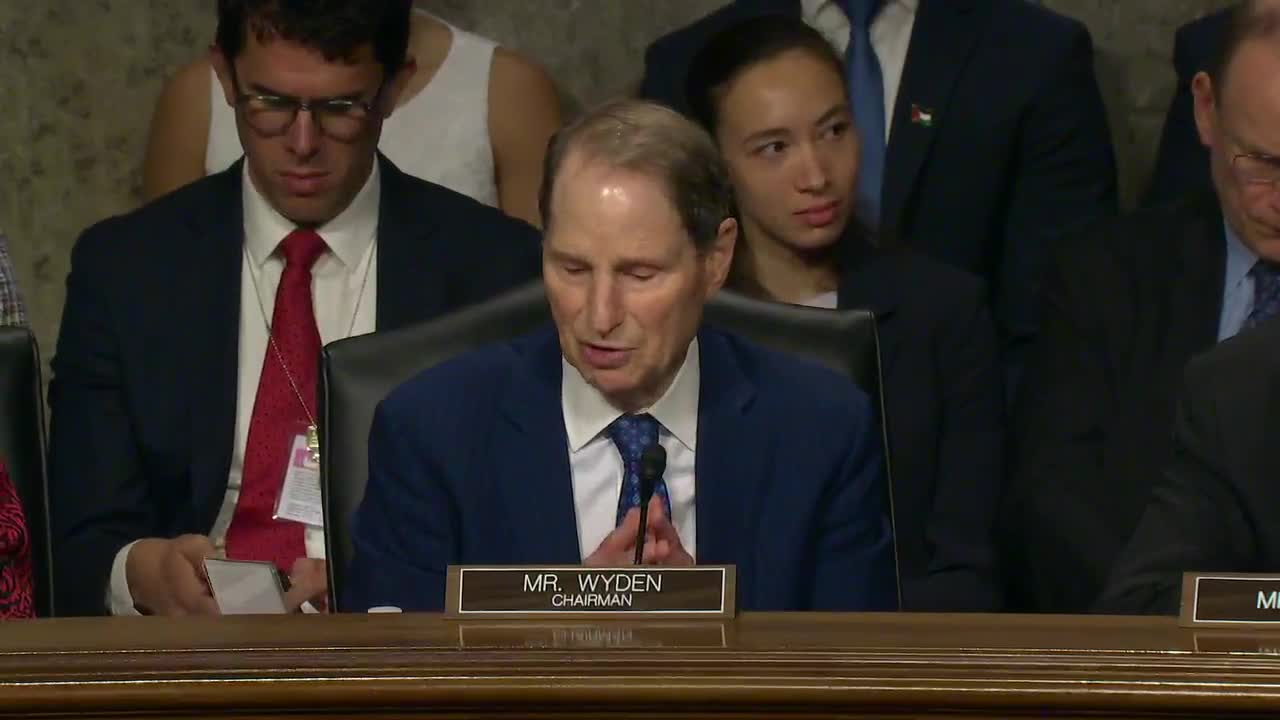Abuse and neglect rampant in youth treatment facilities
June 12, 2024 | Finance: Senate Committee, Standing Committees - House & Senate, Congressional Hearings Compilation

This article was created by AI summarizing key points discussed. AI makes mistakes, so for full details and context, please refer to the video of the full meeting. Please report any errors so we can fix them. Report an error »

In a recent government meeting, experts highlighted alarming levels of abuse and neglect in youth treatment facilities, drawing attention to systemic failures that have persisted for years. Testimonies revealed that incidents of abuse, including sexual assault and excessive use of restraints, are reported almost daily across various facilities, with some conditions likened to those found in jails.
Ms. Stanford, an advocate with firsthand experience, emphasized that the issues observed at the Piney Ridge Treatment Center in Arkansas are not isolated. Despite improvements in recent years, the facility had previously operated under appalling conditions, with reports of over 100 restraints and seclusions within a single month. This pattern of abuse is echoed in findings from the Government Accountability Office (GAO), which has documented thousands of similar instances since 2008.
The meeting also addressed the inadequacy of current treatment models, with experts arguing that many children could receive effective care in home settings rather than institutional environments. Ms. Stanford noted that the chaotic atmosphere in these facilities often fails to provide the individualized care that children need, while Ms. Manley supported the idea of short-term, family-engaged interventions close to home.
Concerns were raised about the oversight of these facilities, with witnesses pointing out that fear of retaliation prevents staff and residents from reporting abuse. Recommendations for improvement included enhancing federal oversight through the Department of Health and Human Services (HHS) and ensuring that families have continuous access to their children in treatment.
The discussions underscored a pressing need for reform in how youth treatment facilities operate, with a call for more aggressive oversight and a shift towards community-based care models that prioritize the well-being of children.
Ms. Stanford, an advocate with firsthand experience, emphasized that the issues observed at the Piney Ridge Treatment Center in Arkansas are not isolated. Despite improvements in recent years, the facility had previously operated under appalling conditions, with reports of over 100 restraints and seclusions within a single month. This pattern of abuse is echoed in findings from the Government Accountability Office (GAO), which has documented thousands of similar instances since 2008.
The meeting also addressed the inadequacy of current treatment models, with experts arguing that many children could receive effective care in home settings rather than institutional environments. Ms. Stanford noted that the chaotic atmosphere in these facilities often fails to provide the individualized care that children need, while Ms. Manley supported the idea of short-term, family-engaged interventions close to home.
Concerns were raised about the oversight of these facilities, with witnesses pointing out that fear of retaliation prevents staff and residents from reporting abuse. Recommendations for improvement included enhancing federal oversight through the Department of Health and Human Services (HHS) and ensuring that families have continuous access to their children in treatment.
The discussions underscored a pressing need for reform in how youth treatment facilities operate, with a call for more aggressive oversight and a shift towards community-based care models that prioritize the well-being of children.
View full meeting
This article is based on a recent meeting—watch the full video and explore the complete transcript for deeper insights into the discussion.
View full meeting